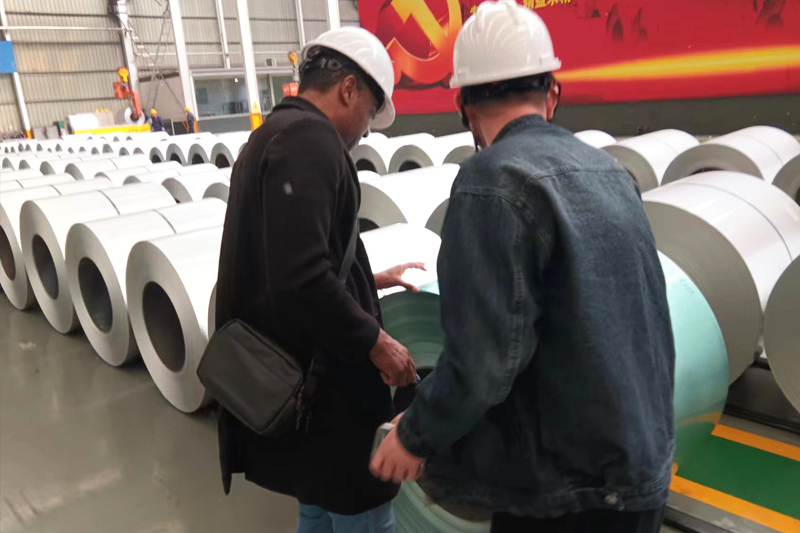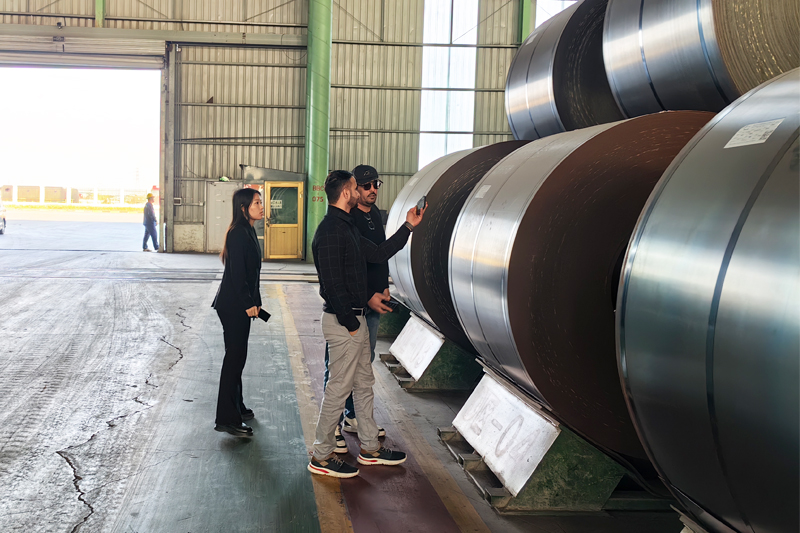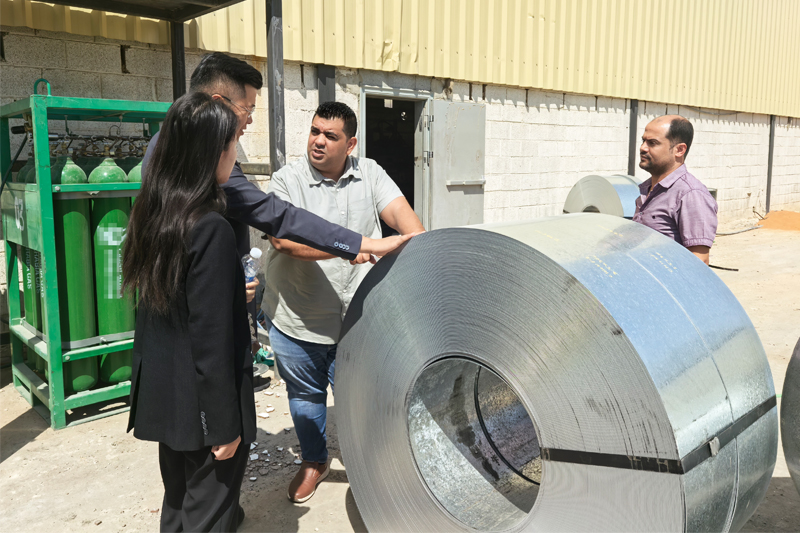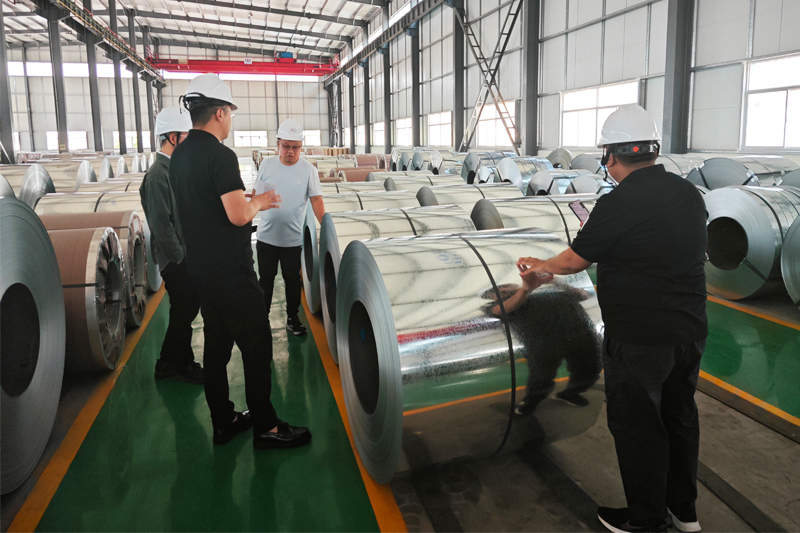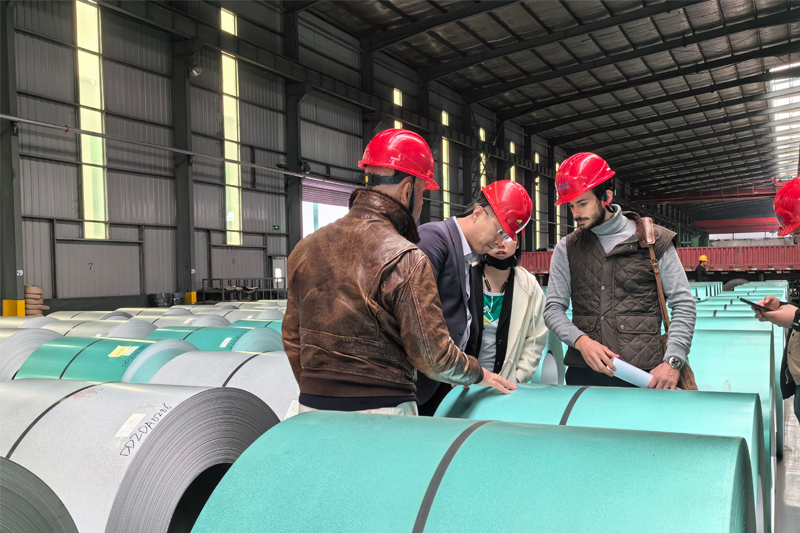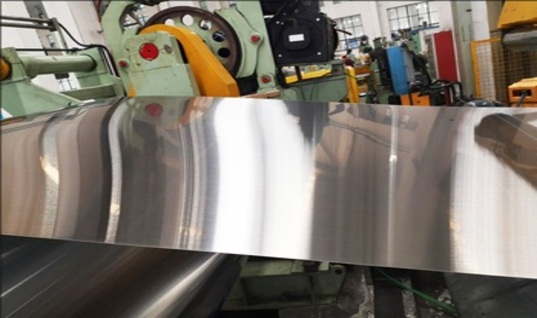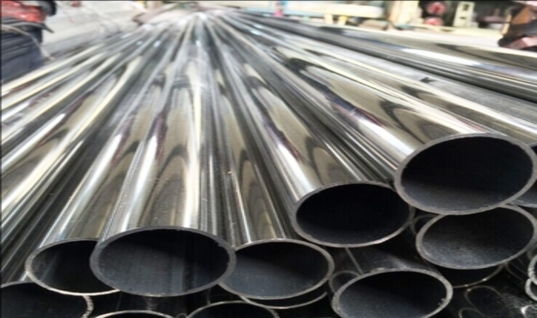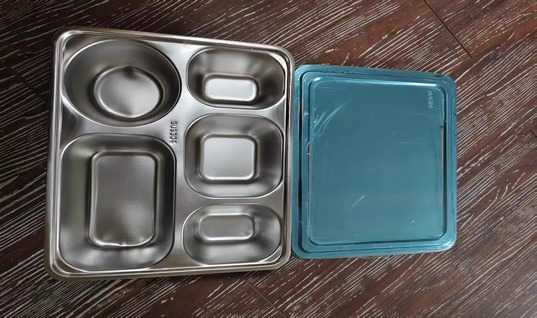In the catering industry, where the health of consumers is paramount, the choice of materials for equipment and utensils is critical. Food-grade stainless steel has become the benchmark for ensuring hygiene and safety, thanks to its unique properties that resist corrosion, prevent contamination, and simplify cleaning. This article explores comprehensive solutions leveraging food-grade stainless steel in catering equipment, covering material selection, export certifications, antimicrobial advancements, and practical applications.
The Role of Food-Grade Stainless Steel in Ensuring Safety
Food-grade stainless steel is specifically engineered to meet strict standards for contact with food. Its key characteristics include non-reactivity with food substances, resistance to corrosion from acids and alkalis, and a smooth surface that is easy to sanitize. Among the most widely used types, 304 stainless steel is a staple in the catering sector, especially for tableware. Composed of 18% chromium and 8% nickel, 304 stainless steel forms a passive chromium oxide layer on its surface, which acts as a barrier against rust and bacterial growth. This makes 304 stainless steel tableware (304 stainless steel tableware) ideal for daily use, as it can withstand repeated exposure to food, heat, and cleaning agents without compromising safety.
For more demanding environments, such as high-temperature commercial ovens or equipment handling salty foods (like seafood processing), 316 stainless steel is preferred. It contains molybdenum, which enhances resistance to chloride corrosion, ensuring longevity in harsh conditions. However, 304 remains the go-to choice for most catering equipment due to its balance of performance, cost-effectiveness, and versatility.
Applications of Catering Equipment Stainless Steel
Food-grade stainless steel is integrated into various catering equipment, playing a vital role in maintaining hygiene across all stages of food preparation, cooking, and serving:
- Preparation Equipment: Mixers, blenders, and cutting boards made from stainless steel prevent food residue buildup. Their non-porous surfaces avoid staining and odors, even when used with strong-flavored ingredients like garlic or spices.
- Cooking Appliances: Ovens, grills, and fryers feature stainless steel interiors that can withstand high temperatures and are easy to wipe clean of grease and food particles, reducing the risk of cross-contamination.
- Storage Solutions: Refrigerators, freezers, and food storage containers utilize stainless steel to resist rust from condensation and prevent chemical reactions with stored foods, keeping them fresh and safe.
- Serving Utensils and Dishes: 304 stainless steel tableware (304 stainless steel tableware), including knives, forks, spoons, and serving bowls, are durable, easy to clean, and do not leach harmful substances into food, making them a safe choice for both commercial and home use.
Navigating Stainless Steel Export Certifications
For catering equipment and tableware intended for international markets, obtaining stainless steel export certifications is essential to ensure compliance with global hygiene and safety standards. Key certifications include:
- FDA (U.S. Food and Drug Administration): Ensures that stainless steel materials are safe for food contact, with strict limits on extractable heavy metals like lead and cadmium.
- EU 10/2011: Sets migration limits for substances such as nickel, ensuring that stainless steel used in EU-bound products does not pose health risks, even with prolonged food contact.
- LFGB (Germany): A rigorous certification that covers material safety, sensory properties (no off-tastes or odors), and resistance to cleaning agents, crucial for stainless steel tableware and equipment sold in Europe.
- SGS or Intertek Testing: Third-party certifications verify material composition, corrosion resistance, and compliance with regional standards, providing confidence to buyers worldwide.
These certifications not only facilitate cross-border trade but also demonstrate a commitment to quality and safety, enhancing the reputation of manufacturers and suppliers in the global market.
Advancements in Stainless Steel Antimicrobial Technology
In addition to its inherent hygiene properties, stainless steel antimicrobial technology has emerged as a game-changer in catering equipment. By incorporating elements like silver, copper, or zinc into the alloy during manufacturing, this technology inhibits the growth of bacteria, fungi, and viruses on the surface of stainless steel.
Studies show that antimicrobial stainless steel can reduce harmful pathogens such as E. coli, Salmonella, and Listeria by over 99% within 24 hours, even between cleanings. This is particularly beneficial in high-traffic catering environments, such as restaurants, cafeterias, and food courts, where frequent contact increases the risk of contamination. Applications include:
- High-touch surfaces: Door handles, faucet levers, and control panels on catering equipment.
- Tableware: Antimicrobial 304 stainless steel tableware (304 stainless steel tableware) that provides an extra layer of protection during busy service times.
- Worktops and counters: Surfaces treated with antimicrobial technology to minimize bacterial growth between cleanings.
Comprehensive Hygiene Safety Solutions
To maximize the effectiveness of food-grade stainless steel in catering equipment, a holistic approach is necessary:
- Material Selection: Choose the appropriate grade (304 or 316) based on the equipment's intended use. 304 is suitable for most applications, while 316 is better for high-moisture or corrosive environments.
- Design for Cleanability: Opt for equipment with seamless welds, rounded edges, and removable parts to eliminate crevices where food particles and bacteria can accumulate.
- Adherence to Cleaning Protocols: Use food-safe, non-abrasive cleaners to maintain the passive layer of stainless steel. Regular sanitization with hot water or approved disinfectants ensures ongoing hygiene.
- Certification Compliance: Ensure all stainless steel components have the necessary export certifications to meet regional standards and build customer trust.
- Integration of Antimicrobial Technology: Incorporate antimicrobial stainless steel in high-risk areas to enhance hygiene and reduce the burden of frequent cleaning.
In conclusion, food-grade stainless steel offers a reliable and effective solution for ensuring hygiene and safety in catering equipment. By leveraging its properties, adhering to export certifications, embracing antimicrobial technology, and following best practices in design and maintenance, the catering industry can provide consumers with safe, high-quality food service experiences.


